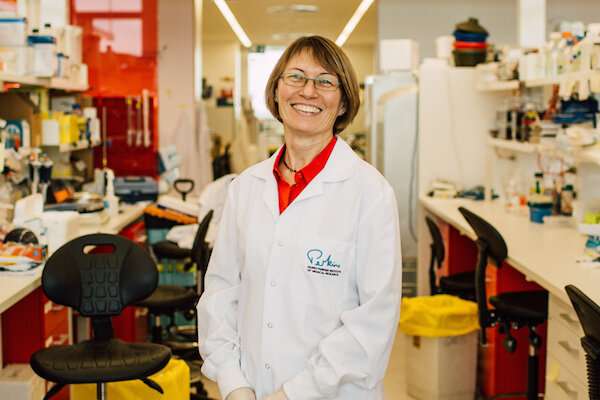In continuation of my update on fidaxomicin

Merck (NYSE: MRK), known as MSD outside the United States and Canada, announced the U.S. Food and Drug Administration (FDA) has approved a New Drug Application (NDA) for Dificid (fidaxomicin) for oral suspension, and a supplemental New Drug Application (sNDA) for DIFICID tablets for the treatment of Clostridioides (formerly Clostridium) difficile-associated diarrhea (CDAD) in children aged six months and older.
Dificid is a macrolide antibacterial medicine indicated in adults and pediatric patients aged 6 months and older for treatment of CDAD. To reduce the development of drug-resistant bacteria and maintain the effectiveness of Dificid and other antibacterial drugs, Dificid should be used only to treat infections that are proven or strongly suspected to be caused by Clostridioides difficile (C. difficile). Dificid is contraindicated in patients who have known hypersensitivity to fidaxomicin or any other ingredient in Dificid. Dificid should only be used for the treatment of CDAD. Dificid is not expected to be effective for treatment of other types of infections due to minimal systemic absorption of fidaxomicin.
“C. difficile is an important cause of health care- and community-associated diarrheal illness in children, and sustained cure is difficult to achieve in some patients. The fidaxomicin pediatric trial was the first randomized controlled trial of C. difficile infection treatment in children,” said Dr. Larry K. Kociolek, Associate Medical Director of Infection Prevention and Control at Ann & Robert H. Lurie Children’s Hospital of Chicago. “I am very excited to have a new C. difficile infection treatment option for my pediatric patients.”
“Merck is committed to developing new treatments, as well as expanding indications of existing ones, in order to provide more solutions to treat infectious diseases, particularly among children,” said Dr. Nicholas Kartsonis, senior vice president, clinical research, infectious diseases and vaccines, Merck Research Laboratories. “C. difficile infection is an urgent public health challenge. We are grateful to the health care practitioners, the patients and their families for their invaluable contributions in helping to bring this new pediatric indication and the oral suspension formulation for Dificid to the U.S. market.”
Both applications received a priority review classification by the FDA. The investigational pediatric indication for Dificid was granted Orphan Drug Designation in 2010.
https://en.wikipedia.org/wiki/Fidaxomicin









